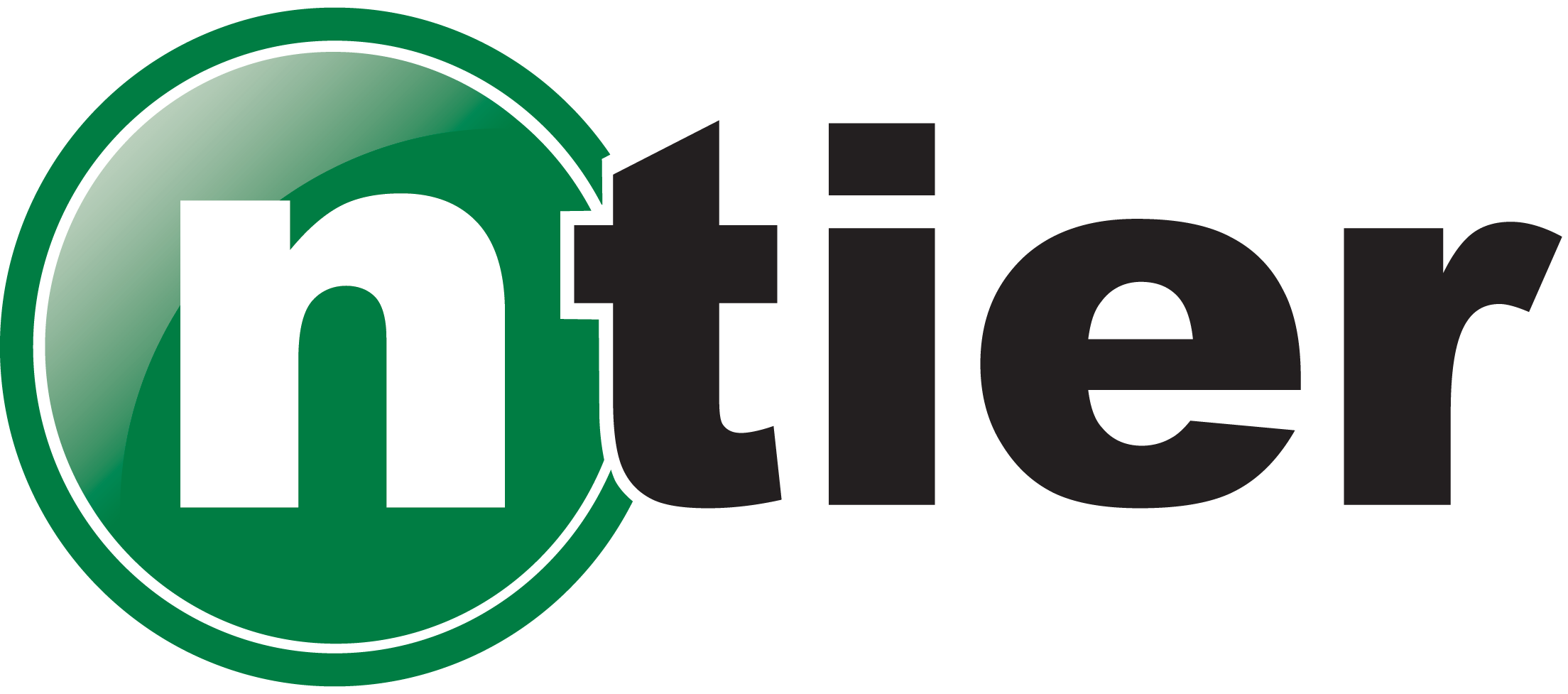Duration: 3 Days
Description
This Intermediate JavaScript course is a natural continuation of our Introduction to JavaScript course! Now that you have a solid grasp of JavaScript basics, it’s time to dive deeper into the language and explore intermediate-level concepts. In this course, you’ll build upon your existing knowledge to create more complex and interactive web applications. Through hands-on projects, practical exercises, and guided instruction, you’ll gain the skills needed to take your JavaScript proficiency to the next level.
Audience
This course is designed for developers who have a working knowledge of JavaScript and want to strengthen their skills for more complex front-end development. It’s ideal for those who have completed an introductory course or equivalent experience and are ready to move beyond the basics. Participants should be comfortable with writing functions, handling simple DOM interactions, and using basic JavaScript syntax.
Objectives
- Implement advanced DOM manipulation techniques to create dynamic web interfaces
- Efficiently handle asynchronous operation using Promises and async/await
- Utilize higher-order functions for streamlined modular code
- Explore closures and lexical scope for advanced variable management
- Work with more complex data structures, including multidimensional arrays and maps
- Develop user-friendly web applications with improved form validation and interactivity
- Implement modern ES6 features to write cleaner and more concise code
- Understand and apply Object-Oriented Programming (OOP) principles in JavaScript
- Dive into practical debugging strategies for identifying and resolving errors
Prerequisites
Completion of the Introduction to JavaScript course or equivalent experience/knowledge is required. Students should be proficient with fundamental JavaScript concepts (e.g., variables, data types, functions, DOM manipulation). Students should also be familiar with HTML, CSS, and basic web development principles.
Course Outline
Module 1: Advanced DOM Manipulation
- Review of DOM Basics
- Creating and Removing DOM Elements Dynamically
- Manipulating Attributes and Styles
- Implementing Smooth Animations and Transitions
Module 2: Asynchronous Programming Techniques
- Review of Promises and Asynchronous Concepts
- Working with Multiple Promises Using Promise.all
- Introduction to Async/Await and its Advantages
- Error Handling in Asynchronous Operations
Module 3: Higher-Order Functions
- Understanding Higher-Order Functions and their Role
- Callback Functions Revisited
- Implementing .map(), .filter(), and .reduce() Functions
- Using Functions to Build Modular and Reusable Code
Module 4: Closures and Scope
- In-Depth Look at Closures and their Purpose
- Lexical Scope and Variable Visibility
- Practical Applications of Closures
- Managing Scope to Prevent Memory Leaks
Module 5: Complex Data Structures
- Multidimensional Arrays and their Manipulation
- Introduction to Sets and Maps
- Working with More Advanced Data Structures
Module 6: Advanced Form Handling
- Enhancing Form Validation Techniques
- Real-Time Feedback and Error Messaging
- Creating Custom Input Components
- Implementing Dynamic Form Behavior
Module 7: Exploring Modern JavaScript
- ES6 Features: Destructuring, Spread/Rest Operators, Template Literals
- Introduction to Arrow Functions
- Enhanced Object Manipulation Using Object Shorthand and Computed Properties
Module 8: Object-Oriented Programming (OOP) in JavaScript
- Core OOP Concepts: Classes, Objects, Inheritance
- Constructors and Prototypes
- Creating and Extending Classes
- Applying OOP Principles to Enhance Code Organization
Module 9: Debugging and Troubleshooting
- Advanced Debugging Strategies
- Using Browser Developer Tools for Complex Debugging
- Identifying and Resolving Common Intermediate-Level Errors
